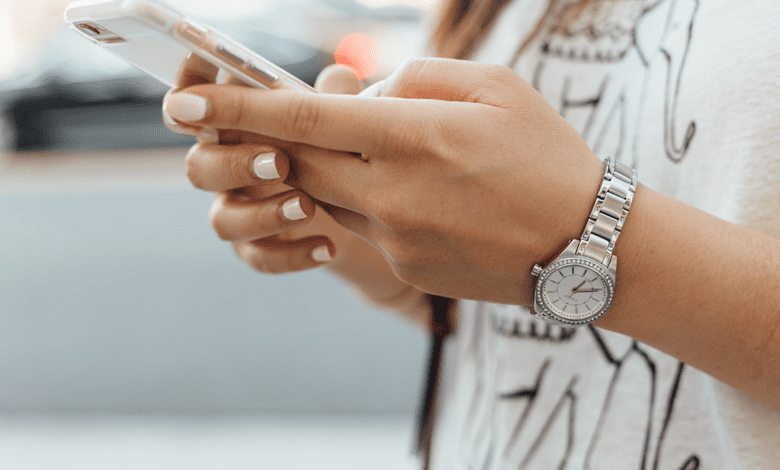As Clinton School District bans cell phones in the classroom, area Superintendents discuss their approach

By Isabella Zarate
Cell phones, the mini handheld computers that most people carry with them everywhere they go.
Need a calculator? Use your cell phone. Need to take a picture? Cell phone. What about making a call or sending a text? Cell phone. Need to look something up on the internet? Yep, your phone can do that too.
It’s no doubt that cell phones are useful, in fact they are so useful that just about everyone has one, including children.
For some families phones are considered a life saver. One, they can reassure parents where their children are. Or if a parent or child needs to communicate when not together, phones ensure they can do so.
Many parents give their children phones to take to school, in case something comes up or they need to get in contact with one another. The problem is not with the accessibility of the phone, instead it comes with the distraction that cell phones have to offer.
Most phones can be used for a number of things including games, entertainment, and popular now – social media.
Recently, students have come to be the victims of distraction while they are supposed to be receivers of education.
Clinton Middle School just announced that starting next school year phones and other personal devices will be banned from classrooms. This does not mean that in case of an emergency a student won’t have access to their phone, it just means that in the classroom kids will be held accountable for learning rather than scrolling through Tik Tok.
Unlike Clinton Middle School, for Homer students in grades K-8 “cell phones are [not] allowed at any time during the school day,” according to Superintendent Tom Davis.
Davis explained, “Before first bell and after school, students can use them but all that is outside the instructional day of 8 a.m. – 2:50 p.m.”
While phone use is allowed, it is restricted.
“If a student uses their phone inappropriately during those before and after hours but still on our grounds or on a bus including extracurriculars, they will be disciplined, which usually starts at phone taken away and retrieved by paren, detention, or Saturday School or Suspension for more serious offenses.”
Davis discussed how for high school students cell phone guidelines are a little different. For instance, the older students are able to use their phones before school, after school, and at lunch time. Though, most of the other guidelines still apply.
“We have had a few with multiple offenses and then the phone is kept at school until the parent meets with administration to retrieve the phone,” Davis said.
Overall, phones are not allowed during instructional time for any grade level, unless permitted by a teacher or under special circumstances, yet since the introduction of Chromebooks less and less phone usage is accepted.
St. Joseph Ogden High School Superintendent, Brian Brooks, discussed a different take on students and cell phones.
“I will say that cell phones (due to social media) in general are an issue for kids,” Brooks shared.
“We (schools, parents, etc) cannot have a serious conversation about wanting to assist kids with mental health issues unless we are willing to discuss the impact social media is having on them.”
Rather than exploring the idea of “banning” phones, Brooks thought it was more reasonable to see it as “detaching” from phones.
“Kids (adults too) need to be able to detach from their phones for periods of time. It is too much for all of us,” Brooks explained.
“I can’t even imagine how it must be for kids whose minds haven’t fully developed.”
As Brooks spoke more on mental health, he considered how social media potentially leads to a number of scenarios including self comparison, bullying, and even harassment.
“Mental health is a real issue for kids, and in my opinion, social media and cell phones are the primary reason why,” Brooks claimed. “It is information overload for kids, and probably adults too for that matter.”
Brooks went on, “Kids can probably not go five minutes (most likely less than a minute realistically) without getting some kind of alert on their phone. That doesn’t even take into consideration the bullying or harassment issues kids deal with through social media as well.”
Superintendents Larry Maynard and Lindsey Hall from Mahomet-Seymour and Oakwood had no comment on the matter.
While phones are considered one of man’s greatest inventions, they are not as equally seen as ideal use for students in the classroom.




